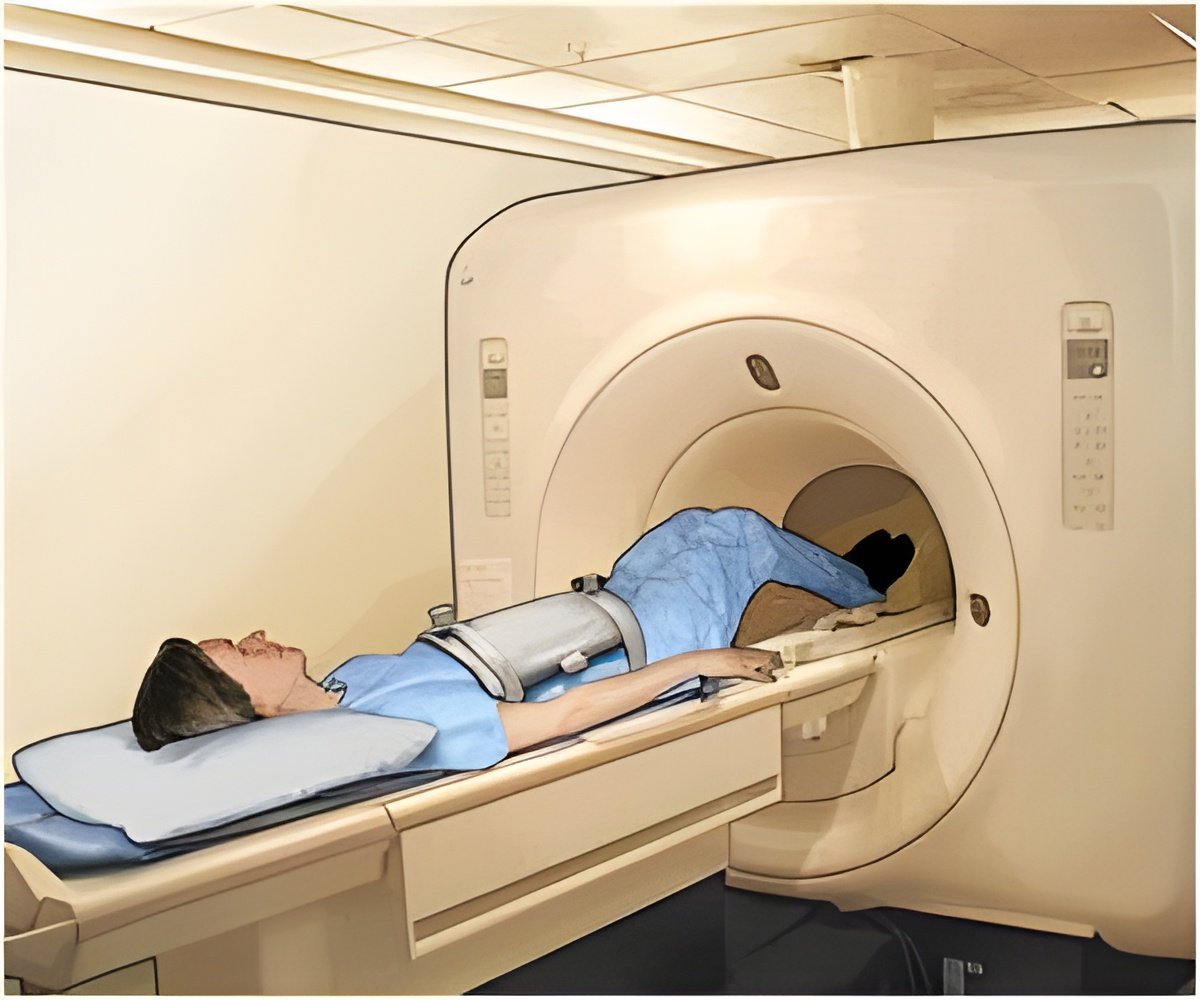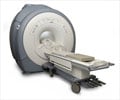
Brown fat has become a hot topic for scientists due its ability to use energy and burn calories, helping to keep weight in check. Understanding the brown fat tissue and how it can be used to such ends is of growing interest in the search to help people suffering from obesity or at a high risk of developing diabetes.
Dr Thomas Barber, from the Department of Metabolic and Vascular Health at Warwick Medical School, explained, "This is an exciting area of study that requires further research and discovery. The potential is there for us to develop safe and effective ways of activating this brown fat to promote weight loss and increase energy expenditure – but we need more data to be able to get to that point."
"This particular proof of concept is key, as it allows us to pursue MRI techniques in future assessments and gather this required information."
The study, published in The Journal of Clinical Endocrinology and Metabolism, outlines the benefits of using MRI scans over the existing method of positron emission tomography (PET). Whilst PET does show brown fat activity, it is subject to a number of limitations including the challenge of signal variability from a changing environmental temperature.
Unlike the PET data which only displays activity, the MRI can show brown fat content whether active or not – providing a detailed insight into where it can be found in the adult body. This information could prove vital in the creation of future therapies that seek to activate deposits of brown fat.
Advertisement
With the proof of concept now completed, the next step is to further validate this technique across a larger group of adults.
Advertisement
Source-Eurekalert












